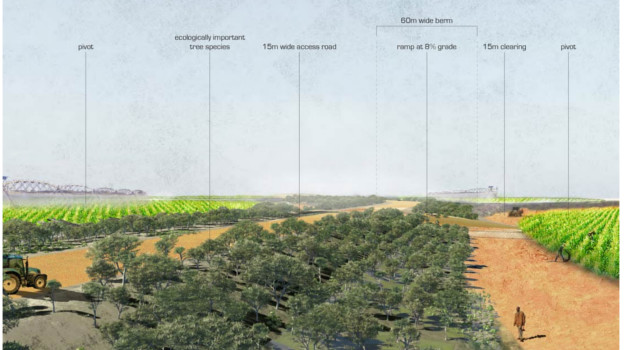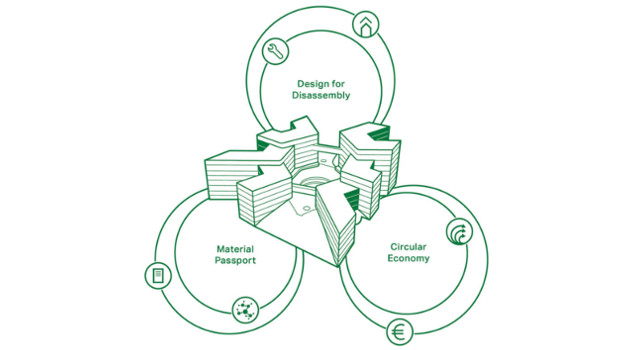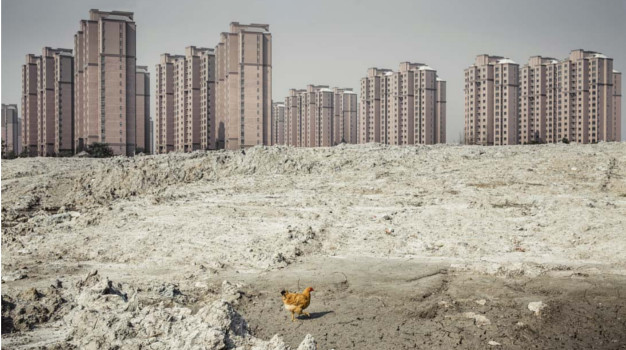
Model Agribusiness Cities for the 21st Century
Agriculture today takes place at a range of radically different scales – from tiny urban farms that feed small neighborhoods to massive industrial operations that produce global food supplies and commodities. Over the past decade, as agriculture has gained popularity in design schools, designers have focused almost exclusively on smaller-scale issues, such as brownfield development in shrinking cities, while ignoring critical opportunities to intervene in large-scale agriculture and the global commodity flows it is connected to. At larger scales, agricultural processes have many stakeholders, such as private companies, non-profits, government agencies, international agencies, and academic institutions. The environmental and landscape impacts are also of greater significance, since the application of chemicals and the alteration of land are taking place over vast territories. ORG Permanent Modernity and P-REX, along with studios and research led by Alexander D’Hooghe and Alan Berger at the MIT Center of Advanced Urbanism, had an opportunity to redefine large-scale industrial agriculture for a project in rural Ghana. The design challenge was to create a vertically-integrated industrial agriculture operation, along with the necessary industrial, residential, and infrastructural components that would be required for an urban settlement of 30,000 people over 15 years.
More info: urbannext.net/model-agribusiness-cities/



